My Hay Bale Garden Project
A Simple Way to Grow Vegetables
In a place that has so much acreage you would think I could find a spot that gets enough sun and isn't too far away. So far, on 25 acres, most of it granite cliffs and trees clinging to rocks, I'm out of luck.
The one place that does get at least five to seven hours of sun is on a bench above the house.
I've always wanted to have a hay bale garden (sometimes also called straw bale garden or simply bale garden, but essentially they're the same thing except for the make up of the actual grass or forage used for making the bales in the first place) so here's my chance.
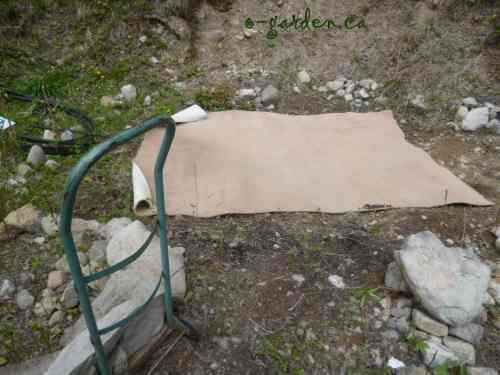
Old carpet is one thing that I always look out for, whenever I see a home renovation going on.
Weeds are also kept from taking over by cardboard gleaned from the appliance store - just ask, and they are happy to give it to you. This is thicker, and in larger pieces than simple cardboard boxes, so it lasts longer.
A layer of wood chips or sawdust makes it look a little nicer.
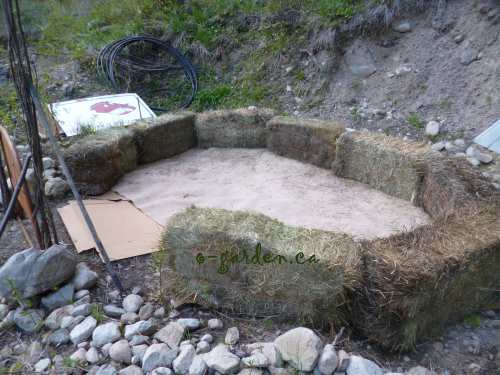
Sourcing moldy hay bales that are still tight enough to use for this is the hard part; luckily I have a friend who owns horses, and also does his own baling, and I know that as an older person, he's found that 'lady bales' or those under 50lbs in weight are the easiest for him to stack and haul around.
What kind of hay is best for a hay bale garden?
Ideally, first cut hay that hasn't flowered yet is ideal. Grass hay is less 'hot' than if it's got alfalfa in it, which are more leafy and stemmy.
Seedlings of orchard grass and other 'weeds' (plants growing in an unwanted place) can become invasive - smother them with a piece of carpet, or stick a black plastic nursery pot upside down over them to block the light and cook them.
Failing that, an ad in the local Buy and Sell Facebook page is a safe bet for some cheap or free bales.
In this hay bale garden project I don't have a lot of room, so I'm going to use only what I need to produce some greens and other luscious and easy to grow vegetables.
No need to put in too much, and then have to harvest and process it. That takes all the fun out of the growing.
Other things I'll need are a rain barrel which I'll have to fill with a garden hose from the hydrant on the lower level once every few days - the advantage? It will warm up the water so the plants won't experience any shock of cold water to slow their rate of growth.
I'll use gravity to run the water in a soaker hose to the plants in the bales.
As there are also nosy deer in the vicinity, I'll need a fence to keep them at bay, and some small chicken wire to stop rabbits from gaining access to the produce.
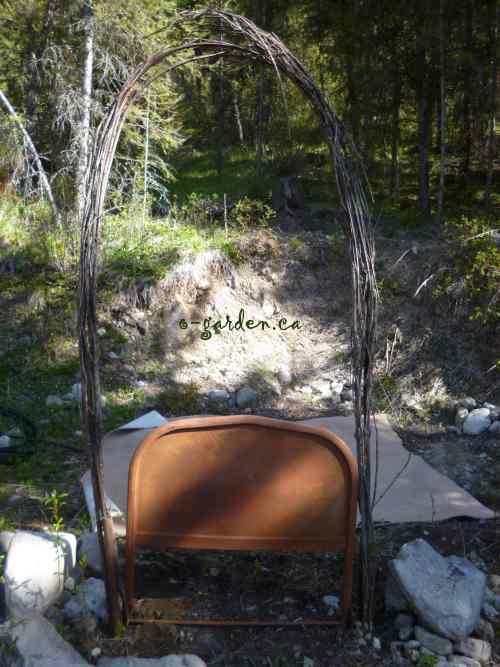
A gate made out of a bed frame is the final touch, and we're off to the races!
Sign up for
Out in the O-Garden Newsletter
and get your five part composting E-course - FREE!
Join my
email
group and get tips, information and more monthly-ish.

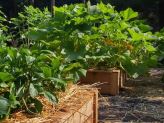
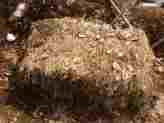
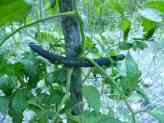
New! Comments
Have your say about what you just read! Leave me a comment in the box below.